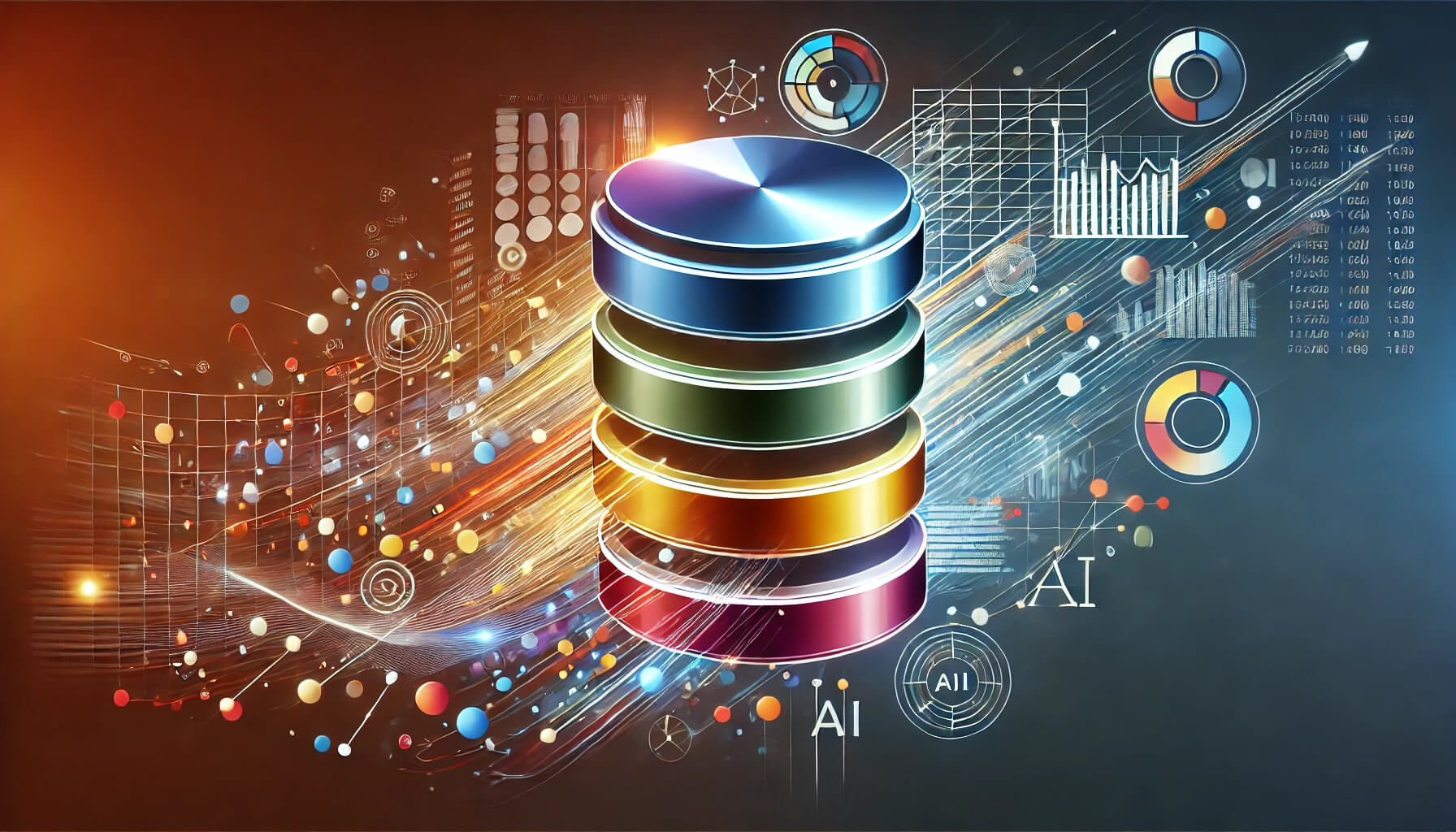
AI-Powered Predictive Analytics: What You Need to Know

Predictive analytics has been part of the tech zeitgeist for what seems like a very long time. For the last decade (at the very least), Gartner’s annual hype cycle has made the likelihood of increased adoption abundantly clear. However, the concept of taking a proactive as opposed to a reactive attitude to a business optimization strategy is something that is slowly taking hold in the boardroom.
When a data scientist talks about predictive analytics, their focus is on the use of historical data to predict future events. This idea is nothing new, learning lessons from the past to avoid making the same mistakes is part of a functioning society. However, by building complex models that incorporate significant trends and assumptions, predictive analytics give companies vital insights into their customers, prospects, employees, competitors and, increasingly, the supply chain.
Introducing artificial intelligence or, more specifically, machine learning into predictive analytics means that the AI system can take analytics to the next level. In almost every scenario, the technology can make assumptions, testing the waters and learning autonomously.
Let’s now take a deeper dive into what predictive analytics brings to the business table and, importantly, how AI can deliver the competitive advantage you seek
Do We Need AI-powered Analytics?
When analytics systems become more advanced, they move on to what is known as a “prescriptive” model. This transition provides businesses with decision-making based on the program’s actionable insights.
AI is often the scary element in science fiction movies, technology that sees trends and “learns” to fix/eliminate what it sees as the problem. From a business standpoint, however, integrating a system that not only learns but also predicts a better path to take is a long way from a dystopian future.
Let’s start with this basic truth; predictive analytics is already established in many business contexts.
In manufacturing, for example, analytics systems interpret existing data to predict demand or when to schedule essential maintenance. In retail, predictive analytics provide insights into customer preferences, buying behaviors and anticipate spikes in demand or footfall. Want to know why Netflix and Amazon Prime know what you (in theory) want to watch next? Predictive analytics.
The applications for predictive analytics are already spread across a large surface area; weather forecasting, detecting and diagnosing disease, enhancing sports performance, managing risk in the insurance and financial sectors … all these use cases are data-driven. There is also high demand for analytics to improve specific areas within a business function such as HR or marketing.
So, how does AI fit in with predictive analytics? Spoiler alert: it’s all down to data.
Data is a valuable commodity, but only if you know how to take advantage of it. By integrating AI into predictive analytics, organizations can extract a lot more value from data. For example, AI-powered predictive analytics can be applied in similar scenarios to stand-alone predictive analytics (minus AI, basically), but the AI element is what will deliver more sophisticated, prescriptive results.
AI-powered predictive analytics is often critical where up-to-the-minute information from disparate data sources needs to be processed for fast decision-making. A road-based pilot scheme in India, for example, is helping to cut down on the number of car accidents by alerting drivers to potential dangers in time for them to prevent collisions. This pilot relies on the AI element to be truly effective.
Additionally, there are situations where historical data – as used in traditional predictive systems – does not actually help in forecasting future behavior. Think about how the COVID-19 pandemic affected demand for protective equipment. A predictive system would been unable to draw on any data that could have anticipated the sharp increase in demand that occurred.
Put Data to Work
As we noted above, enterprise applications for AI in predictive analytics cover a broad spectrum of use cases.
When you leveraging AI alongside analytics, this accelerates product life cycles, improves resource allocation and increases operating efficiencies. In addition, the alignment of external and internal data sources with an AI system that can make assumptions, test them and learn from the results means that organizations don’t just improve their understanding of the business as it looks now, but the future growth opportunities as well.
There is, however, a small fly in the ointment.
“Analytics” is a broad term that utilizes different disciplines and solutions. And while it has become a significant part of the tech conversation, it isn’t a silver bullet.
To put it simply, introducing AI systems into your existing analytics capabilities requires a solid data foundation. Enterprises have access to enormous amounts of data, but the ability to put it to work for the benefit of the business is often hampered by increasing complexity, limited skill sets and ill-equipped legacy infrastructure.
These demonstrated pain points underline why Apexon’s recent acquisition of Gathi Analytics addresses the acute need we see for enterprises to not only overhaul but also modernize data environments, even more so if they want to deliver insights and deliver business impact. Data is power, and the companies that use this resource in the right way are arguably demonstrating the level of digital maturity that the connected society requires.
Think about the Future
One question that must be considered is what businesses need to know. Acknowledging that they need to advance their analytics capabilities is just the first step, what matters is what tools they require to do the job right. This step is often dependent on which service providers can answer the question.
For instance, decision makers should be thinking about the following:
The 5 Vs – Learn how to manage data volume, velocity, variety, veracity and value to turn data into a strategic asset. Data is being constantly generated, so enterprises need to understand how to manage the deluge of data in order to extract maximum value. Our expertise runs deep in covering the business, financial and technical aspects of your enterprise data to help you meet your business goals.
Get AI-ready – If your end goal is advanced analytics, your starting point needs to be with your data. Getting data infrastructure and ecosystems in order first builds a strong foundation for future analytics capabilities. This is the core of data engineering and the fact that digital engineering firms like ours are seeing such high demand for these data modernization services is a strong indicator that AI is going to be the next big business priority.
Turn data into actionable intelligence – Data visualization plays a key role in ensuring that insights turn into actions. Gone are the days when data could only be deciphered by the IT department. By enabling smart applications for data provisioning, effective visualization and an interactive, intelligent dashboard, organizations put the power of data-driven decision-making into the hands of their business and operations leaders.
Analytics Challenges must be Addressed and Anticipated
Ask any recruiter about the most in-demand skillsets today and there is a good chance they will tell you that data scientists and AI engineers are skillsets that companies covet. When you factor this talent gap into the equation, it’s easy to see why using AI-powered analytics to turn your data into a strategic asset is an attractive option, with the power to accelerate digital initiatives and increase ROI.
Not having the right talent can curtail a project’s ambitions pretty quickly, so it’s important to be realistic about what is achievable and how much external help will be required. A data engineering partner, such as Apexon, helps to keep initiatives on track by tapping into deep technical and business experience. Additionally, we can also help train your workforce in the AI and analytics skills needed to continue to deliver value.
Naturally, the success of any analytics system will be measured on its impact. Often, these are not solutions that you can just add to your existing digital infrastructure, so it’s important that businesses get the strategy, execution and follow through right.
By bringing in a data engineering partner that can help guide this process and ensure the vision really will deliver what is required is a critical barometer for this success. Data has become the platform on which successful customer engagement is built, and the connected society expects companies to both use and understand the information. Predictive analytics takes this expectation to the next level.
The dystopian future where AI is in charge is an irrational fear, but business leaders that don’t appreciate why predictive analytics matter could find their business nightmares becoming a reality.




